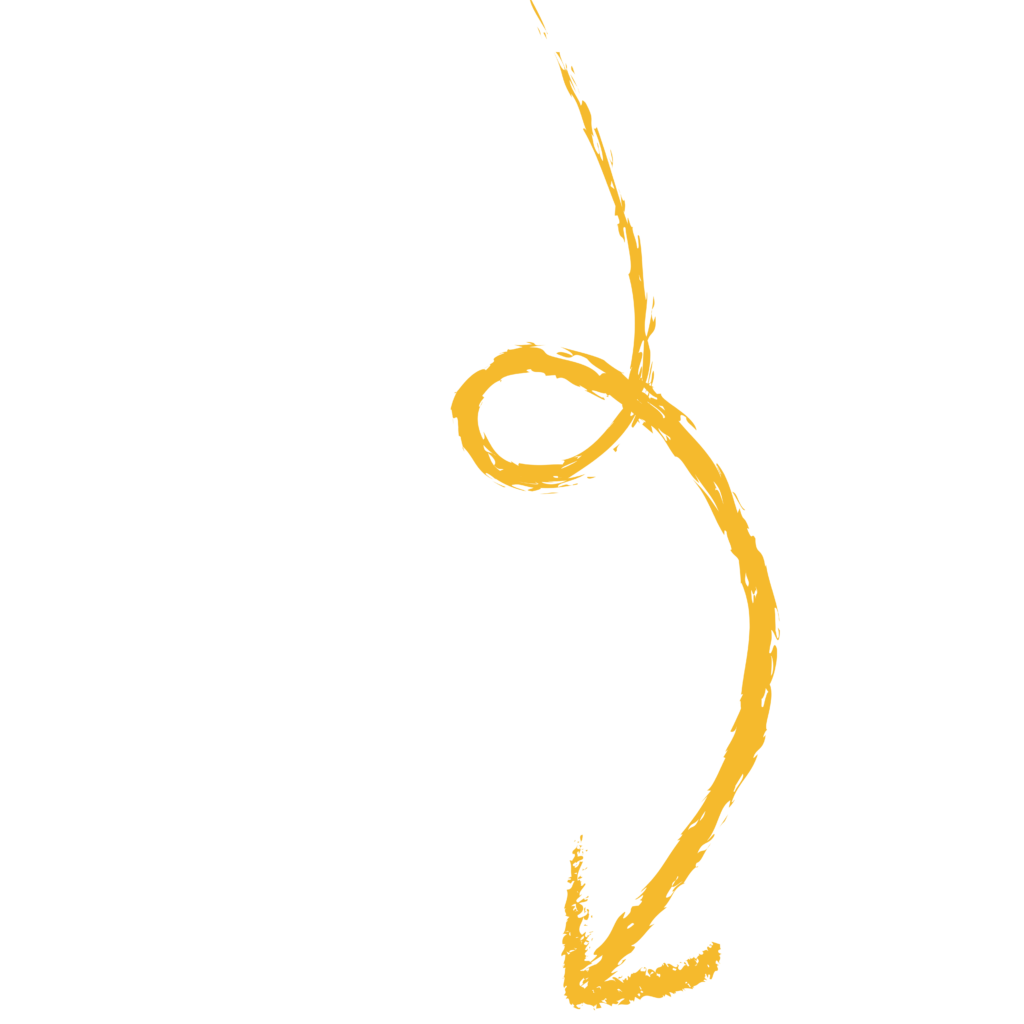Where Do You Fish Model
Be a Catcherman (or Catcherwoman),
Not a Fisherman (or Fisherwoman)
In the vast sea of business, knowing where to cast your line can make all the difference. The “Where Do You Fish?” model uses a fun fishing analogy to break down market strategies into four key quadrants: The Mud Puddle, The Swamp, The Ocean, and The Fish Hatchery. Each quadrant represents a unique combination of market size and felt need, guiding you on where to reel in your business efforts. The big takeaway here is that you’ll get your business off the ground and sales will skyrocket if you’re meeting your customers’ felt needs head-on.


The Mud Puddle: Small Market with Low Need
The Mud Puddle is a sad, murky place with a tiny market and low felt need. This is the last place you want to start your business because, well, there are no fish to catch!
Business Example: A pencil sorter
Picture a company that creates a super exciting, super high-tech pencil sorter. This amazing gadget sorts your pencils and pens with just one push of a button—by size, color, or even by how much ink is left in them. Cool, huh? But who really cares? The felt need for a pencil/pen sorter is practically nonexistent. Despite its innovative design, the product flops because there aren’t enough potential customers. The company struggles to make sales and eventually sinks. Fish don’t live in mud puddles, and neither do your customers.
The Swamp: Large Market with Low Need
The Swamp is a big, stagnant market with low felt need. It’s filled with yucky fish like carp and catfish—low-value and undesirable. Products here often end up in discount bins or clearance sales because people just don’t care enough to buy them.
Business Example: Cleaning supplies with matching scents
Imagine a company that creates a line of cleaning supplies with matching scents—like a toilet bowl cleaner that matches the scent of your bleach. Great idea, right? But at the end of the day, how many people lie awake at night dreaming of a perfectly matching bathroom scent? The market is large, but the felt need is low. This business would struggle with low margins and require tons of marketing to convince customers that their product is relevant. In the Swamp, the fish aren’t tasty, and neither are the business opportunities.
The Ocean: Large Market with High Barriers
The Ocean is a vast market with high felt need, but it’s full of challenges. First of all, most of the Ocean is just water, not fish. Fishing here requires a big boat and expensive gear, much like launching a business in a competitive, well-established industry. It takes tons of marketing dollars to even play here. Startups often drown because they can’t compete with the big fish. Additionally, there are sharks and whales, and small businesses that start here are shark bait. Most of the whales that live here, like Amazon, actually started in the Fish Hatchery.
Business Example: Consumer electronics
Entering the consumer electronics market, like launching a new smartphone, is a classic case of fishing in the Ocean. Demand is high, and the market is huge, but giants like Apple and Samsung rule these waters. A new player needs massive investment in tech, marketing, and distribution to even stand a chance. Most startups get lost at sea before they can make a splash. Small fish get eaten by the big ones in the Ocean.
The Fish Hatchery: Constrained Market with High Need
The Fish Hatchery is the dream spot to start your business. It’s a smaller, constrained market with a high felt need. Here, the fish are hungry and eager for what you’re offering. This quadrant is perfect for a new business to thrive because there’s strong demand and a manageable market size for targeted marketing and customer engagement.
Business Example: Social interaction services during COVID-19
Imagine a startup that helps grandparents get visits and social interaction during the COVID-19 pandemic. The market is focused on elderly people isolated due to health concerns, but the felt need is sky-high. By facilitating safe and meaningful social interactions through virtual visits or carefully managed in-person protocols, this business meets a deep emotional need. Or think about a service that brings pain relief, normalcy, and joy to terminally ill children. These services cater to a small, specific market but address incredibly strong needs, leading to high engagement and loyalty. This is the essence of the Fish Hatchery: addressing powerful felt needs in a focused market, driving natural sales and deep customer connection.
Conclusion
Knowing where to fish in the business world can make or break your success. Steer clear of the Mud Puddle and the Swamp, where markets are too small or felt need too low. Be cautious of the Ocean, where competition is fierce and resources are essential. Instead, cast your line in the Fish Hatchery, where a strong felt need and a manageable market size provide the best conditions for growth. Always aim to push clients down and to the right in the model: toward smaller markets with stronger felt need. This strategy helps you reel in viable, profitable, and loyal customers, leading to long-term success. Start in the Fish Hatchery, build your business, and then expand your horizons. By meeting your customers’ felt needs and ramping up urgency through smart marketing, you’ll create a loyal customer base and keep your business thriving.

